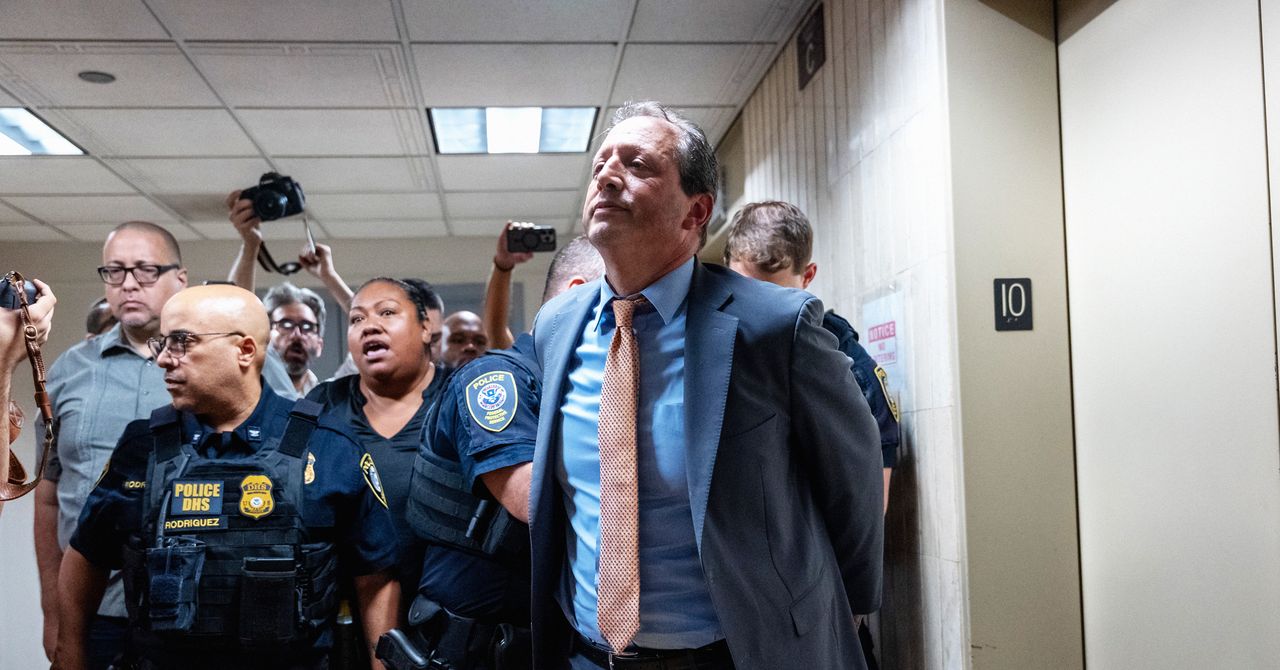The intersection of federal immigration enforcement and local governance reached a dramatic flashpoint in Manhattan when 15 New York elected officials were arrested during protests at 26 Federal Plaza, the controversial detention facility operated by Immigration and Customs Enforcement (ICE). This unprecedented mass arrest of public servants highlights the deepening tensions between federal immigration policies and local democratic resistance.
The Scene at Federal Plaza: A Convergence of Authority and Protest
Federal Plaza, located in lower Manhattan, serves as more than just a government office building—it houses one of ICE’s most scrutinized detention facilities. The arrests occurred as elected officials from across New York’s political spectrum gathered to protest what they describe as inhumane detention conditions that have repeatedly drawn court criticism.
The building at 26 Federal Plaza has become a symbol of resistance for immigration advocates and elected officials who view federal enforcement policies as overly aggressive and harmful to their communities. The facility has been the subject of multiple court rulings citing unsanitary conditions, inadequate medical care, and violations of detainees’ basic rights.
The Officials Behind Bars
The 15 arrested officials represent a diverse cross-section of New York’s political leadership, including city council members, state legislators, and community board representatives. Their willingness to face arrest demonstrates the escalating commitment of local officials to challenge federal immigration enforcement through direct action.
This mass arrest represents one of the largest single-day detentions of elected officials in recent New York history, signaling a new phase in the ongoing conflict between local sanctuary policies and federal enforcement priorities.
Historical Context: Immigration Enforcement vs. Local Governance
The confrontation at Federal Plaza didn’t occur in a vacuum. It represents the culmination of years of tension between federal immigration enforcement and New York’s sanctuary city policies. Since 2017, when immigration enforcement was significantly ramped up, New York officials have consistently positioned themselves as protectors of immigrant communities.
The Sanctuary City Movement
New York City’s sanctuary policies limit cooperation between local law enforcement and federal immigration authorities. These policies, supported by a majority of the city’s elected officials, are designed to encourage immigrant communities to report crimes and cooperate with police without fear of deportation.
However, federal authorities argue that sanctuary policies interfere with legitimate immigration enforcement and potentially harbor individuals who pose public safety risks. This fundamental disagreement has created an ongoing jurisdictional battle that extends far beyond New York.
Legal Implications and Constitutional Questions
The arrests raise significant questions about the balance between federal enforcement authority and local democratic expression. Legal experts suggest that while elected officials don’t enjoy immunity from arrest when engaging in civil disobedience, their detention during peaceful protest activities could raise First Amendment concerns.
Federal vs. Local Authority
The incident highlights the complex interplay between different levels of government authority. While immigration enforcement remains primarily a federal responsibility, local officials argue they have a constitutional duty to represent their constituents’ interests and protect vulnerable community members.
This tension has played out in courts across the nation, with mixed results. Some federal courts have upheld local sanctuary policies as legitimate exercises of local authority, while others have ruled in favor of federal enforcement priorities.
Community Impact and Political Ramifications
The arrests have sent ripples through New York’s immigrant communities, many of whom view the detained officials as champions of their rights and safety. Community advocates argue that aggressive immigration enforcement has created a climate of fear that undermines public safety and community trust.
Public Safety Considerations
Local law enforcement officials have long argued that cooperation with ICE makes their jobs more difficult by discouraging immigrant witnesses and victims from coming forward. This perspective has gained support from police chiefs across the nation who prioritize community policing strategies over immigration enforcement.
Critics counter that sanctuary policies prevent the removal of individuals who have committed serious crimes and pose ongoing public safety risks. This debate continues to influence policy discussions at both local and national levels.
Detention Conditions and Court Oversight
The protests that led to the arrests were specifically focused on conditions at the Federal Plaza detention facility. Multiple court rulings have found that the facility fails to meet basic standards for sanitation, medical care, and humane treatment of detainees.
Legal Challenges to Facility Operations
Advocacy groups have successfully challenged various aspects of the facility’s operations in federal court. These legal victories have resulted in court orders requiring improvements to medical care, food services, and general living conditions for detainees.
However, implementation of court-ordered improvements has been slow and inconsistent, leading to continued advocacy efforts and the type of direct action that resulted in the recent arrests.
National Implications and Future Outlook
The New York arrests represent a microcosm of immigration enforcement tensions playing out across the United States. Similar confrontations between federal authorities and local officials have occurred in cities from Los Angeles to Boston, suggesting that this issue will continue to generate conflict.
Political Mobilization and Electoral Impact
The willingness of elected officials to face arrest over immigration issues demonstrates the political significance of this topic for many constituencies. These actions are likely to influence future electoral campaigns and policy debates at multiple levels of government.
The arrests may also inspire similar actions by officials in other sanctuary jurisdictions, potentially leading to a broader movement of elected official civil disobedience around immigration enforcement.
Key Takeaways
- 15 New York elected officials were arrested during protests at the Federal Plaza ICE detention facility
- The arrests highlight ongoing tensions between federal immigration enforcement and local sanctuary policies
- Federal Plaza has been repeatedly cited by courts for unsanitary and inhumane detention conditions
- The incident represents one of the largest mass arrests of elected officials in recent New York history
- Legal challenges continue over the balance between federal enforcement authority and local democratic expression
- Similar confrontations are likely to occur in other sanctuary jurisdictions across the United States
- The arrests demonstrate the escalating commitment of local officials to challenge federal immigration policies through direct action
As immigration policy continues to be a defining political issue, the willingness of elected officials to face arrest in defense of their principles suggests that this conflict between federal enforcement and local resistance is far from resolved. The long-term implications of these arrests will likely influence immigration policy debates and federal-local relations for years to come.

Born and raised amidst the hustle and bustle of the Big Apple, I’ve witnessed the city’s many exciting phases. When I’m not exploring the city or penning down my thoughts, you can find me sipping on a cup of coffee at my favorite local café, playing chess or planning my next trip. For the last twelve years, I’ve been living in South Williamsburg with my partner Berenike.

